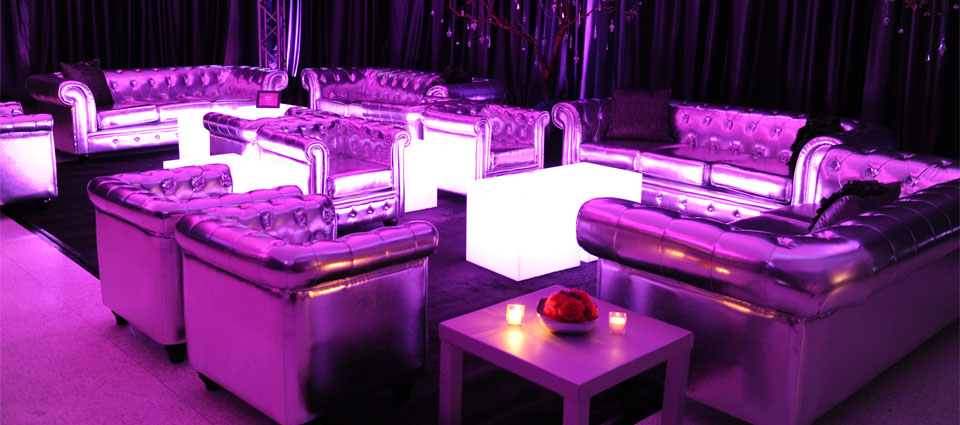Mastering the Art of Seamless Film Mapping on Arched LED Monitors for Stunning Graphic Experiences
Mastering the Art of Seamless Film Mapping on Arched LED Monitors for Stunning Graphic Experiences
Blog Article
Video projection is an innovative technique that enables images and videos to be displayed onto surfaces, creating breathtaking aesthetic experiences. When it comes to curved areas, mastering this art can be a bit more difficult than projecting onto flat planes. Curved areas can encompass anything from the facades of buildings to art pieces and even stages. Grasping how to effectively map footage onto these shapes is essential for creators, designers, and occasion planners who want to develop engaging environments that captivate audiences.
The first phase in video projection on curved areas is to understand the shape of the area. Rounded surfaces can be complex, with different degrees of curvature. To attain a seamless projection, it is important to build a 3D model of the surface. This model helps in visualizing how the video will look when projected. Software tools are accessible that allow users to create these representations and mimic the projection. By accurately aligning the dimensions and contours of the surface, designers can guarantee that the footage matches perfectly without distortion.
Once the 3D representation is ready, the following step is to prepare the footage material. This includes modifying the footage to suit the particular shape and size of the rounded surface. It is crucial to take into account the perspectives and viewpoints from which the audience will observe the display. The material should be designed to enhance the visual encounter, making it captivating and pertinent to the concept of the event or installation. Using premium graphics and animations can significantly improve the overall impact of the display.
After preparing the content, the actual display procedure begins. This involves placing up the projectors at the correct angles and distances to ensure that the video matches with the 3D model. Calibration is a crucial part of this process. It may necessitate modifying the luminosity, contrast, and sharpness of the devices to obtain the optimal results. Additionally, using multiple devices may be necessary to cover bigger or more intricate areas. This technique, known as edge blending, helps form a continuous visual across the whole surface.
Finally, testing the projection is crucial before the final show. This enables creators to make any required modifications to the video and projector configurations. It is also an opportunity to see how the audience will perceive the projection from different perspectives. By ensuring that the footage projection is perfect, creators can deliver a stunning aesthetic experience that leaves a view it now lasting impact. Mastering video projection on curved areas not only improves artistic output but also creates new possibilities for storytelling and audience interaction in various environments.